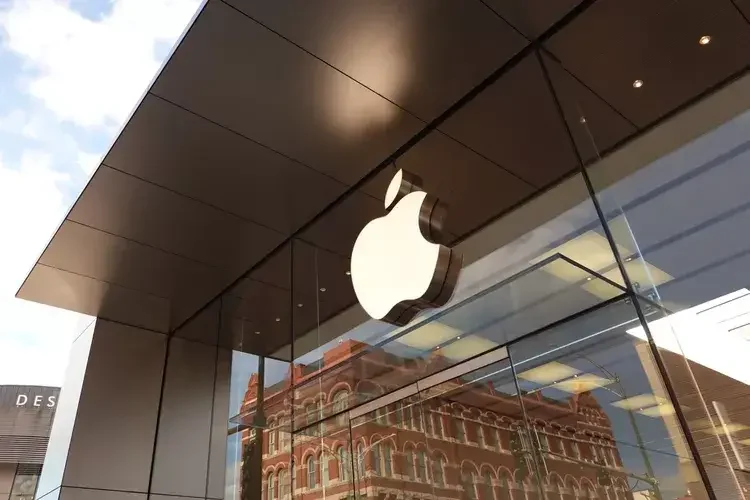Apple has launched a significant supply chain shift by relocating production of US boid iPhones from China to India. Tim Cook, Apple’s CEO, confirmed this decision during an investor call, citing growing US-China trade tensions as the driver.
The move follows President Trump’s tariffs, which Apple estimated could add $900 million in costs this quarter alone. Apple plans to manufacture the majority of iPhones destined for the US in India, marking a significant break from its China-centered past.
Meanwhile, Vietnam will emerge as the central hub for assembling Apple Watches, iPads, Airpods, and Macs for the American market. Cook emphasized Apple’s $500 billion investment in the US over the next four years, hoping to highlight domestic economic contributions.
Despite the supply chain shift, Apple acknowledged that China would remain the leading supplier of devices outside the United States. However, transitioning production to India and Vietnam will demand billions in infrastructure, factory construction, and workforce development.
Industry experts like Patrick Moorhead called the shift impressive, noting how Apple previously claimed that only China could meet iPhone production demands. Shanti Kelemen, chief investment officer at M&G Wealth, stated that the transition comes with costs but is essential for long-term resilience.
Apple’s financial performance appears strong despite trade turmoil. It reported a 5% increase in quarterly revenues to $95.4 billion. Amazon, another major tech player, reported 8% growth in its North American e-commerce business, signaling that tariffs have not yet dented consumer demand.
CEO Andy Jassy acknowledged tariffs’ uncertainty but expressed optimism, noting Amazon’s historical ability to weather disruptions. Amazon’s sales rose 9% yearly to $155.7 billion, while profits surged over 60% to $17 billion. Executives believe the company’s scale and essential product offerings position it well for the future.
Apple’s supply chain overhaul signals a new era for US tech firms navigating global trade pressures. As India and Vietnam ramp up production, all eyes remain on how smoothly this transition unfolds.











